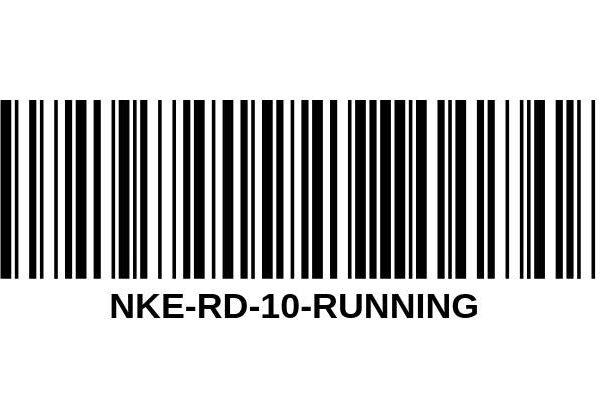What does SKU Mean?
A SKU, or Stock Keeping Unit, is a unique identifier used by retailers and manufacturers to manage inventory. It’s like a fingerprint for each product, helping businesses streamline their operations. Typically, a SKU is composed of a combination of alphanumeric characters that represent:
- Manufacturer’s Code/ID: Identifies the manufacturer or brand.
- Sales Classifier: Indicates a broad category or product line.
- Item Number: Distinguishes individual products within a category.
Why Are SKUs Important for Your Business?
- Real-Time Supplier Updates:
SKUs facilitate direct communication between retailers and suppliers. With accurate SKU data, businesses can receive real-time updates on new product availability and changes in existing inventory. - Detailed Sales Reporting:
By tracking each SKU, retailers can generate detailed sales reports, identify trends, and make informed purchasing decisions. For instance, a specific SKU might show that red sneakers sell better than blue ones in a particular season. - Streamlined Inventory Management:
Accurate inventory management prevents stockouts and overstocking, ultimately leading to a better customer experience. SKUs make it easier to pinpoint which items are running low. - Fulfillment Integration:
Working with a 3PL provider like Badger Fulfillment Group requires efficient SKU management for seamless pick, pack, and ship operations.
Creating Effective SKU Numbers
Creating effective SKU numbers is essential for smooth inventory management. Here’s a step-by-step guide:
- Define Key Product Attributes:
Identify attributes like brand, color, size, and style that will help you classify the products. - Assign Alphanumeric Codes:
Create a logical coding system for each attribute. For instance:
- Brand: NKE for Nike
- Color: RD for Red
- Size: 10 for Size 10
- Maintain Consistency:
Ensure a uniform length and structure across all SKUs to prevent confusion. - Avoid Confusing Characters:
Skip characters like “O” and “0” to prevent errors in identification.
- Example SKU: NKE-RD-10-RUNNING
- Types of SKU Identifiers:
SKU identifiers can vary based on business needs. Here are a few common types:
- Store Location Identifiers: Track inventory across different retail locations.
- Department Identifiers: Segment sales data by department for insights.
- Variation Identifiers: Track product variations like color, size, and style.
SKU vs UPC: What’s the Difference?
Although both SKUs and UPCs are used to identify products, they serve different purposes:
- SKU (Stock Keeping Unit):
An internal code created by a business to manage inventory. It contains detailed information like style, size, and color. - UPC (Universal Product Code):
A standardized 12-digit barcode used internationally to identify products. UPCs are obtained through the Global Standard Organization.
Understanding Barcodes and Their Relationship to SKUs
What is a Barcode?
A barcode is a machine-readable representation of data that can be scanned using a barcode reader. There are two main types:
- 1D Barcodes: Represent data using lines and spaces (e.g., UPCs).
- 2D Barcodes: Use patterns like dots, squares, and hexagons to store more information in a smaller space (e.g., QR codes).
How Barcodes Complement SKUs:
- Faster Checkouts: Barcodes linked to SKUs speed up checkout processes.
- Accurate Inventory Counts: Reduce human errors during stocktaking.
- Automated Reordering: Reorder products automatically when inventory falls below a set threshold.
Example Barcode for SKU NKE-RD-10-RUNNING:
How to Optimize Your SKUs for Maximum Efficiency
- Descriptive and Logical Naming:
Choose clear and descriptive names that align with the product’s attributes. - Consistent Structure:
Maintain a consistent structure across all SKUs to prevent confusion. - Avoid Ambiguous Characters:
Characters like “O” and “0” can lead to errors and should be avoided. - Use POS Software:
Invest in a reliable Point of Sale system that can automatically generate and manage SKUs. - Regularly Review and Update:
Periodically review your SKUs to identify outdated codes and make necessary updates.
How Badger Fulfillment Group Can Help
At Badger Fulfillment Group, we offer unparalleled logistics solutions tailored to your e-commerce needs. Our advanced warehouse management system ensures precise inventory control, allowing for swift and accurate order fulfillment. Whether it’s 2-day shipping, pick, pack, and ship, or dedicated support, we customize our services to fit your business.
With seamless integration across major e-commerce platforms and expertise in various industries like retail, subscription boxes, and consumer electronics, our team ensures a stress-free fulfillment process.
Ready to optimize your logistics? Contact us today for a personalized quote.



